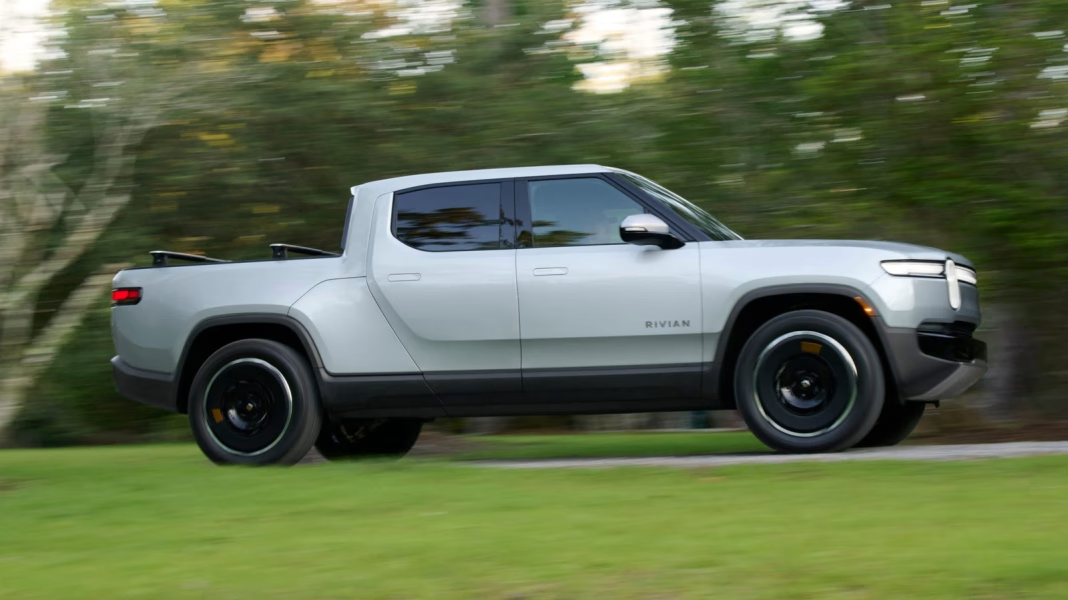Rivian, the electric vehicle manufacturer that captured attention with its innovative designs and ambitious goals, is at a critical juncture. The company has made headlines for its cutting-edge technology and commitment to sustainability, but now it faces a pressing challenge: it needs to ramp up its revenue significantly to avoid falling into a debt spiral. So, what’s at stake for Rivian, and how might it navigate these turbulent waters?
Understanding the Financial Landscape
Rivian’s financial health is under scrutiny as it grapples with the reality of production costs and market competition. The company has ambitious plans to deliver electric trucks and SUVs, but the reality is that it hasn’t been able to sell enough vehicles to meet its financial targets. Analysts have pointed out that Rivian must generate higher revenue to sustain its operations and avoid the risk of selling off parts of the company to strategic investors, like Volkswagen.
The stakes are high. If Rivian can’t boost its revenue, it may find itself in a position where it has to issue over $1 billion in bonds just to stay afloat. This kind of financial maneuvering can lead to a cycle of debt that’s hard to escape. The company needs to find a way to not only sell more vehicles but also to create a sustainable business model that can weather the ups and downs of the automotive market.
What’s Driving the Need for Revenue?
Several factors contribute to Rivian’s current predicament. First, the electric vehicle market is becoming increasingly crowded. Established automakers are ramping up their electric offerings, and new entrants are popping up regularly. Rivian needs to differentiate itself in this competitive landscape, which means not only delivering quality vehicles but also ensuring that they resonate with consumers.
Second, production challenges have plagued many EV manufacturers, and Rivian is no exception. Scaling production to meet demand while managing costs is a delicate balancing act. If Rivian can streamline its manufacturing processes and enhance efficiency, it could potentially lower costs and increase profit margins.
Real-World Implications of Financial Strain
If Rivian does not turn its financial situation around, the implications could be significant. Selling off equity to investors like Volkswagen could dilute the company’s vision and control. While partnerships can provide much-needed capital, they can also lead to compromises in brand identity and strategic direction. Rivian has built its reputation on innovation and sustainability, and any shift in ownership could alter its trajectory.
Moreover, the pressure to generate revenue could lead Rivian to make short-term decisions that might not align with its long-term goals. For instance, prioritizing volume over quality could jeopardize the brand’s reputation, which is crucial in the luxury EV market.
Strategies for Success
So, how can Rivian navigate these challenges? First, focusing on customer experience is essential. Building a loyal customer base can lead to repeat sales and positive word-of-mouth, which are invaluable for any brand. Rivian should also consider expanding its product lineup to attract a broader audience. This could include more affordable models or even diversifying into related markets, such as electric delivery vans.
Investing in marketing and brand awareness will also be crucial. Many potential customers may not yet be familiar with Rivian’s offerings, so targeted campaigns that highlight the unique features and benefits of its vehicles could help drive sales.
Lastly, Rivian should continue to innovate. The EV market is evolving rapidly, and staying ahead of the curve with new technologies and features can set Rivian apart from competitors.
The Road Ahead
Rivian stands at a crossroads. The need for higher revenue is urgent, but it’s not insurmountable. By focusing on customer experience, expanding its product offerings, and investing in marketing, Rivian can work towards a more stable financial future.
The big takeaway? Rivian’s journey isn’t just about selling cars; it’s about building a sustainable business that can thrive in a competitive landscape. Start with one change this week, and you’ll likely spot the difference by month’s end.


